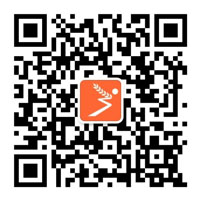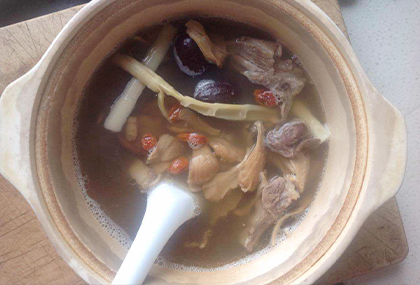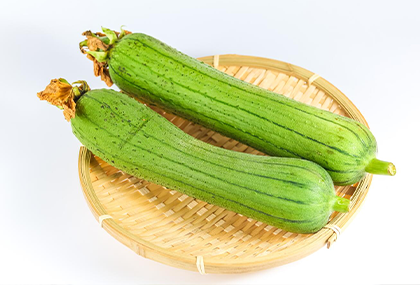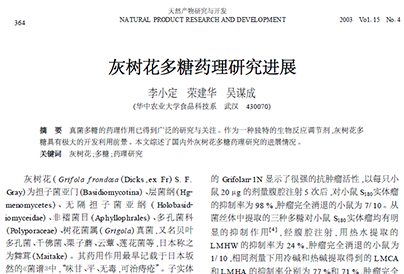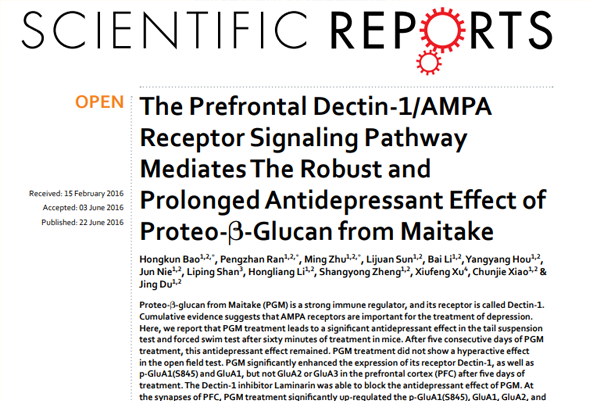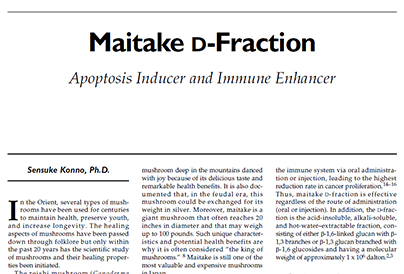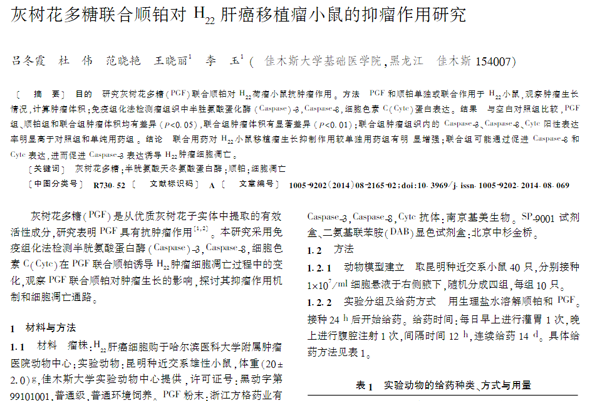The prognosis of pancreatic cancer is generally worse than most other tumors, and the 5-year survival rate is less than 5%. The key of diagnosis and treatment is to identify the high-risk group of pancreatic cancer as soon as possible. Many modifiable risk factors have been identified for pancreatic cancer, including smoking, obesity and alcohol consumption, while age and familial cancer syndrome are considered as immutable risk factors for the disease. Diabetes is a potentially modifiable risk factor for pancreatic cancer in the Asia Pacific population.
The global prevalence of T2DM is growing. It is reported that the prevalence of T2DM in China is 12.8%, indicating a rapid increase in the past 30 years. Evidence has shown that T2DM is associated with increased risk of pancreatic cancer. T2DM can worsen cancer stage and increase cancer-related mortality. However, few studies have investigated the relationship between the age of onset of diabetes and the duration of diabetes and the incidence rate of pancreatic cancer in a large number of people. In addition, little is known about the impact of different levels of fasting blood glucose (FBG) on the risk of pancreatic cancer in newly diagnosed T2DM patients.
This analysis aims to study the relationship between the age of onset of diabetes and the duration of pancreatic cancer diabetes, the relationship between different levels of FBG and the risk of pancreatic cancer, and other evidence supporting the causal relationship between type 2 diabetes and pancreatic cancer in a separate East Asian population using double sample Mendelian randomization (MR) (Figure 1).

This longitudinal cohort study included 428362 newly diagnosed T2DM patients in Shanghai and investigated the association using Mendel randomization (MR) in an East Asian population. The incidence rate of pancreatic cancer in all patients and subgroups was calculated and compared with the general population.

A total of 1056 cases of pancreatic cancer were found in 8 consecutive years of follow-up. The average follow-up period was 4.5 ± 2.2 years from the diagnosis of T2DM. The total incidence rate of pancreatic cancer in T2DM patients was 55.28/100000 person years (95% CI, 51.99-58.69), which was higher than that in the general population. It was 59.61 (95% CI, 54.68-64.80) in males and 51.38 (95% CI, 47.05-55.96) in females. Overall, the ASR of pancreatic cancer in T2DM patients was 20.75/100000 person years (95% CI, 18.95 – 22.54). Compared with the general population, the SIR of pancreatic cancer in T2DM patients was 1.54 (95% CI, 1.45 – 1.64), 1.54 (95% CI, 1.41 – 1.67) in males and 1.57 (95% CI, 1.44 – 1.71) in females (Table 2).

However, the relative risk of pancreatic cancer expressed in Sir is inversely proportional to the age at onset of T2DM. A higher Sir of 5.73 (95% CI, 4.49 – 7.22) was observed in the 20-54 year old group (Fig. 2).

Researchers studied the correlation between pancreatic cancer and the duration of T2DM, once every 12 months. As shown in Fig. 3, during the 8-year follow-up, new T2DM was significantly associated with increased risk of pancreatic cancer. The total incidence rate and Sir of T2DM diagnosed within ≤ 1 year (64.31; 1.73), 6 years (58.55; 1.73), 7 years (59.47; 1.79) and more than 7 years (57.42; 1.78) were higher.

Researchers studied the relationship between various FBG levels and the risk of pancreatic cancer in newly diagnosed T2DM patients. Classification analysis showed that the risk of pancreatic cancer in the group with fasting blood glucose ≥ 10.0 mmol / l was significantly higher than that in the group with low FBG. The risk ratio of pancreatic cancer in patients with FBG ≥ 10.0 mmol / l was 2.35 (95% CI; 1.77 – 3.13) compared with those with FBG < 6.0 mmol / L. (Table 3)

MR analysis showed that T2DM was associated with a 24% increased risk of pancreatic cancer in East Asian populations (or:1.24, 95%ci:1.09-1.41, P = 0.001). However, there was no causal relationship between the elevated FBG level in the normal range and the risk of pancreatic cancer (P = 0.577) (Fig. 4).

So far, this is the largest study on the incidence rate of pancreatic cancer in new T2DM in China. New T2DM is significantly associated with the risk of pancreatic cancer in Chinese adults, which is supported by MR in people of East Asian descent. The relative risk of pancreatic cancer in young onset T2DM was significantly higher. Patients with T2DM who have been diagnosed for more than 5 years and whose FBG level is elevated have an increased risk of pancreatic cancer. Efforts to carry out early and close follow-up plans, especially in young T2DM patients, and to improve blood glucose control may be effective strategies to improve the detection and treatment results of pancreatic cancer.
Source:
Baiyong Shen, et al. Association between age at diabetes onset or diabetes duration and subsequent risk of pancreatic cancer: Results from a longitudinal cohort and mendelian randomization study. The Lancet Regional Health - Western Pacific 2022; 00: 100596 Published online xxx https://doi.org/10.1016/j. lanwpc.2022.100596.
Source link:
https://www.medsci.cn/article/show_article.do?id=4d3ee3979967
